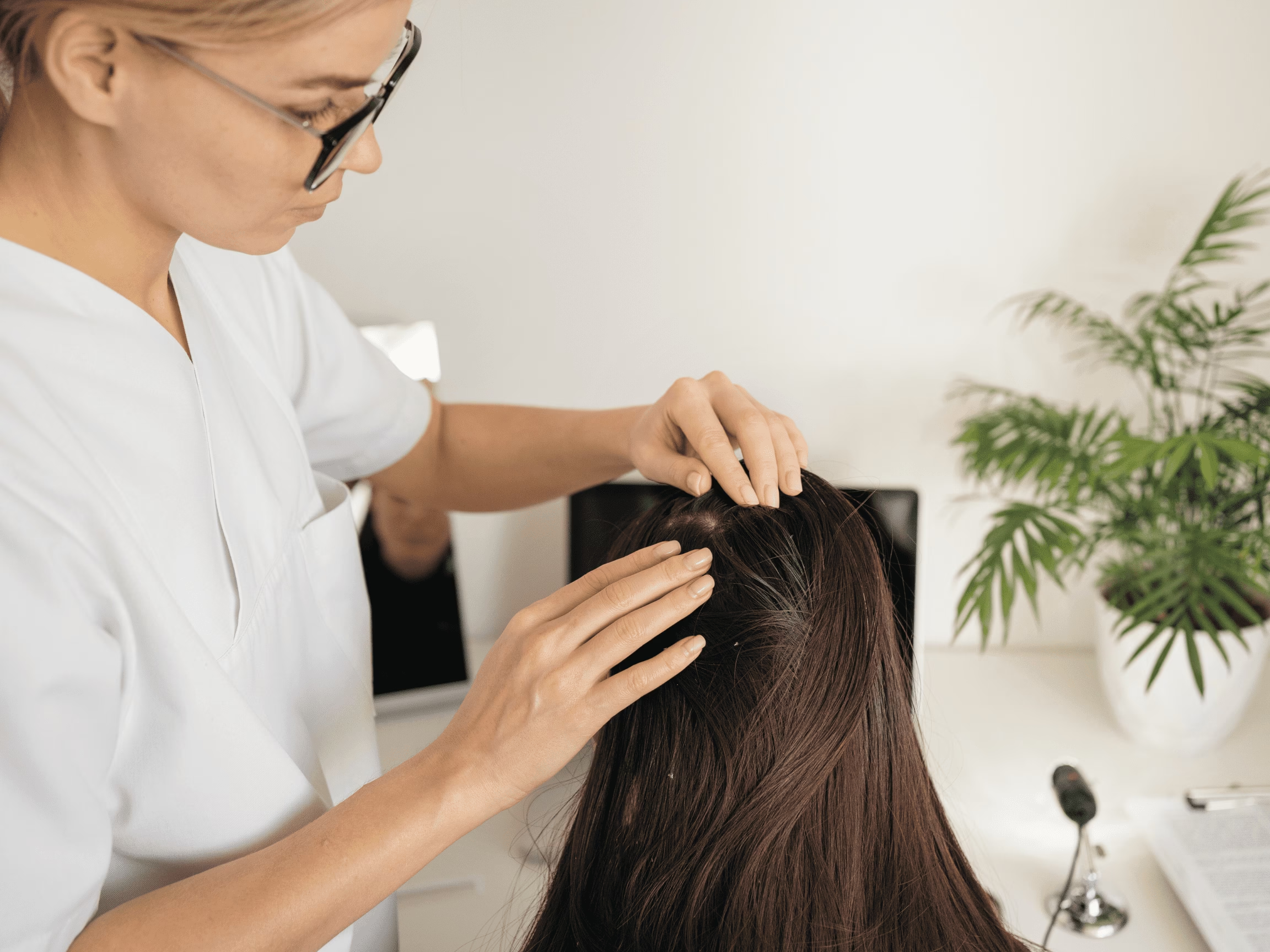
Hair Medical Restoration
Pediatric Alopecia (also known as Infantile alopecia) and premature hair loss constitute a complex differential diagnosis. Therefore, professional assessment is required. That is why we mention some etiological foundations, diagnostic complexities and respective treatments if required.Pediatric alopecia involves hair growth, irregularities in the immune system and genetic predispositions. Its impact extends beyond cosmetic concerns and influences the emotional and psychosocial well-being of affected children.
Early detection and diagnosis of pediatric alopecia is essential for timely intervention. So if symptoms such as; Changes in hair morphology or sudden excessive loss warrant a medical consultation to diagnose the cause.
It will depend on the medical evaluation and the diagnosis reached. For example, we mention some below.
Enhancing awareness within educational environments and fostering a culture of understanding is pivotal. Implementing educational programs that elucidate the immunopathogenesis of alopecia can contribute to destigmatization and empathy.
Facilitating connections between families grappling with pediatric alopecia, engaging in support groups, and providing access to mental health resources are crucial aspects of constructing a resilient support network.
Medical care for pediatric alopecia contains an area that requires interdisciplinary collaboration. By fusing cutting-edge research with empathetic support structures, we can find the path to a timely and early solution to pediatric alopecia.


